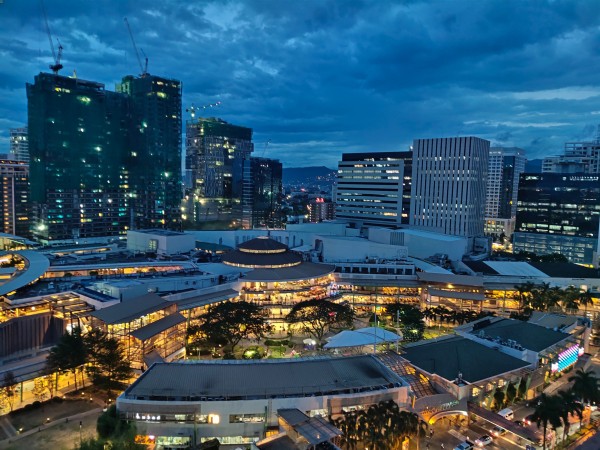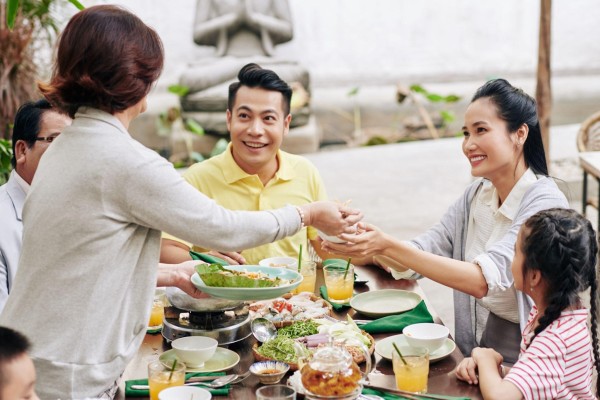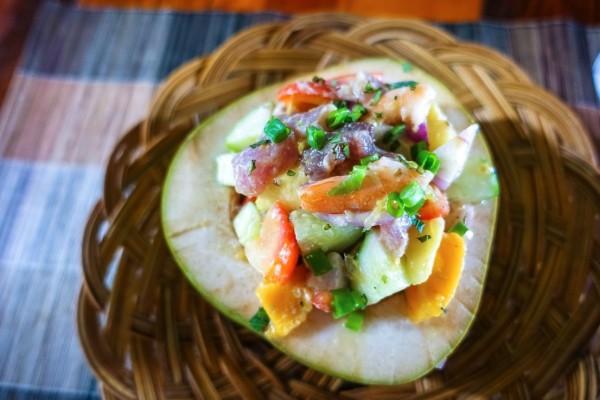How to Make your Brand Stand Out
Being a newbie in any industry is tough, most especially in the cutthroat world of food and bever-ag...

February 10, 2022
Islam is recognized as the second largest religion in the Philippines. The Philippine Statistics Authority estimates that there are about 6.06 million followers of Islam in the Philippines or about 6.01% of its total population. A follower of Islam is called a Muslim. In the Philippines, most Muslims live in Mindanao, Palawan, and the Sulu islands, also known as Bangsamoro, which the National Commission for Culture and the Arts (NCCA) describes as “a fertile region and known to be rich in agricultural plantation, marine, and mineral resources.”
Islam is recognized as the second largest religion in the Philippines. The Philippine Statistics Authority estimates that there are about 6.06 million followers of Islam in the Philippines or about 6.01% of its total population. A follower of Islam is called a Muslim. In the Philippines, most Muslims live in Mindanao, Palawan, and the Sulu islands, also known as Bangsamoro, which the National Commission for Culture and the Arts (NCCA) describes as “a fertile region and known to be rich in agricultural plantation, marine, and mineral resources.”
In mainland Mindanao, Muslims are concentrated in the provinces of Lanao and Maguindanao. The rest of the population occupy areas in the Zamboanga peninsula, North Cotabato, South Cotabato, Sultan Kudarat, Davao Oriental, Davao del Sur, and Sarangani. Within the Sulu archipelago, Muslims are dominant in Basilan, Sulu, and Tawi-Tawi. The population is composed of 11 ethnic groups with their own languages and ideologies. These include the Maranao, Maguindanao, Tausug, Yakan, Iranun, Sama, Sangil, Kolibugan, Kaagan, Molbog, and Palawan.

Islam is also the first monotheistic religion recorded in the country. It was through Arab Muslim traders from current-day Malaysia and Indonesia that Islam was brought to the Philippines in the late 13th to early 14th centuries. Bringing with them their own culture, architecture, values, systems, and beliefs, they first set foot in the Sulu Islands and parts of Mindanao, where inhabitants lived in small, autonomous communities. These locals quickly accepted Islam and built the first mosque in Simunul, Tawi-Tawi during the 1400s.
After 50 years of spread throughout Mindanao, Islamic beliefs propagated northwards towards Luzon, including the Kingdom of Tondo or present-day Manila. Muslim states were eventually established all over the archipelago that set up trade relations with other islands and countries. Those found in Luzon and Mindanao though eventually fell as Spanish colonizers succeeded in converting much of the archipelago to Christianity. Because of this, most Muslims fled southwards to Mindanao, where they continued resisting the colonizers’ attempts at occupation.

Today, Muslims continue to thrive in the southern part of the country and live based on the prescriptions of Islam’s holy book, the Quran. Among these is a set of guidelines when it comes to food. The Quran prescribes what food types or components Muslims are “haram” or forbidden to consume. Among them are the following ingredients.
• Anything from pigs, including lard
• Carnivorous animals, including dogs, crocodiles, and alligators
• Frogs
• Scavenger birds and birds of prey
• Aquatic animals that are toxic or poisonous
• Plants that are toxic or poisonous
• Any animal Islam permits you to kill outside of food purposes, including rats and scorpions
• Any animal that Islam prohibits you to kill, including ants, bees, and woodpeckers
• Most enzymes, gelatins, and rennet
• Intoxicants, including alcohol

And to be considered halal, food has to be processed, produced, manufactured, and stored using materials, equipment, and implements that are cleansed based on Islamic law. To ensure that a product is halal, it has to undergo certification by accredited entities and pass international standards involving quality and cleanliness.
Check out these food fusions between Filipino and Middle Eastern cuisines
The unending quest for healthy and sustainable food amid changing lifestyles
A quick look at the Philippine food staple often getting a bad health rap